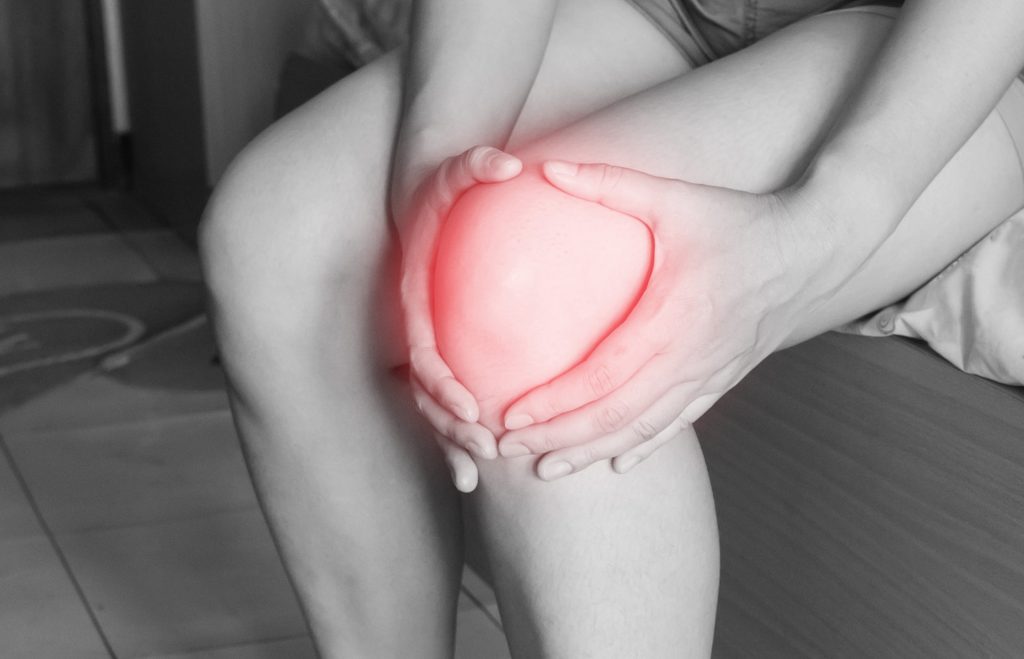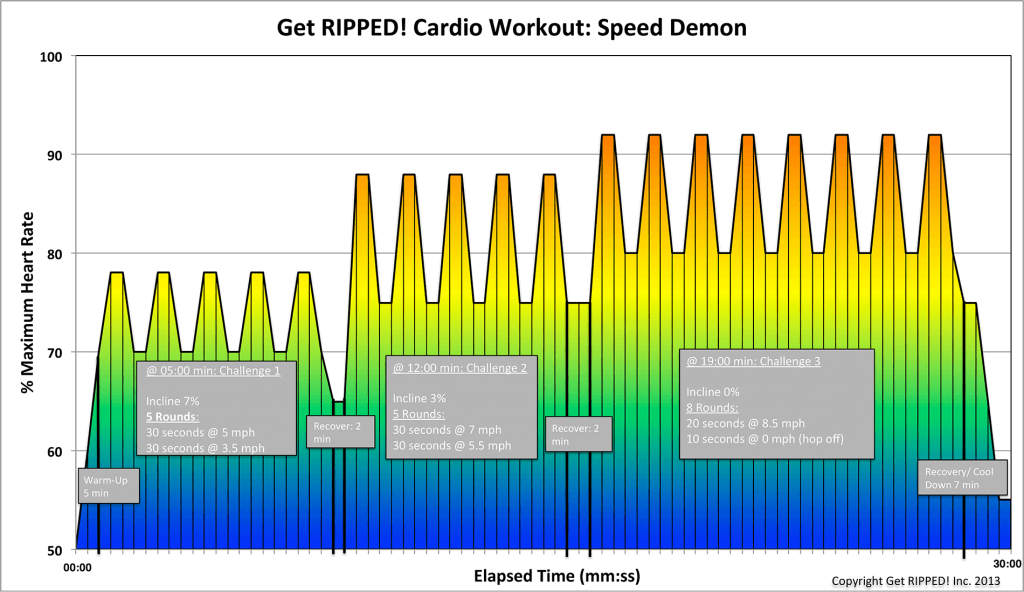Blog
How To Maintain Your Workouts With An Injury
 Everyone worries about losing ground physically if they’ve been injured, whether it’s the average person exercising to lose weight or get fit or the seasoned athlete who depends on his or her fitness for their livelihood. You can maintain your workouts with an injury if you want to get a bit more creative, but first, you need to check with your health care professional or physical therapist to see if it’s the smart thing to do. Not all injuries lend themselves to maintaining fitness regimens.
Everyone worries about losing ground physically if they’ve been injured, whether it’s the average person exercising to lose weight or get fit or the seasoned athlete who depends on his or her fitness for their livelihood. You can maintain your workouts with an injury if you want to get a bit more creative, but first, you need to check with your health care professional or physical therapist to see if it’s the smart thing to do. Not all injuries lend themselves to maintaining fitness regimens.
Is it really an injury or just sore muscles?
If you didn’t expect to have sore muscles when you started a workout regimen, those aches and pains from a tough workout will convince you they occur. There’s a difference between feeling sore and having some pain from a true injury. Even if you suffer from DOMS—delayed onset muscle soreness—which occurs a few days after a tough workout. That pain is just telling you that your muscle are adjusting to something new. Take an aspirin and a hot bath. Get some rest and start working out again the next day. If the pain get worse, it could be an injury, so see a health care professional.
Once you have the go-ahead, it’s time to identify what you can and can’t do.
Unless you had an injury that affected your entire body, normally it’s only one muscle group, joint or body part that is affected. That leaves a lot of potential to workout the other areas. If you have a problem with your wrist, nothing is stopping you from working your legs or doing some core exercises. If you core exercises involved lifting or the kettlebells, which might exacerbate the injury, get creative and find new workouts.
If you have an upper body injury, workout the lower body.
People with knee injuries or shoulder problems can still workout by focusing the exercise on the opposite part of the body. There are flexibility, endurance and strength training workouts that can be isolated, so you don’t have to put any pressure or strain on the injury. No matter what exercises you do, if they cause you pain in the injured area, quit! You need the area to heal and putting excess strain on it hampers or negates the process.
- Think POLICE when you have an injury. P=protect the injured area. O=optimum loading, moving it gently after a few days of rest. I=icing. C=compression or elastic bandage and E=elevating the injury.
- Find out why you had the injury if it was caused by a workout. A physical therapist can help you with this. Do you need to build a weaker muscle group or are you moving wrong during an exercise?
- Be careful not to push yourself too hard at first. Your original injury may have occurred because of that and it should be a lesson to you. Make sure you don’t skimp on a warm-up routine either.
- Pay close attention to my DVDs and follow the program. Some people cherry pick and do only strength or endurance workouts. You need flexibility training, too or you’re opening yourself up to injuries down the road. All types of fitness workouts are important.
-
For more information, contact us today at Jari Love


